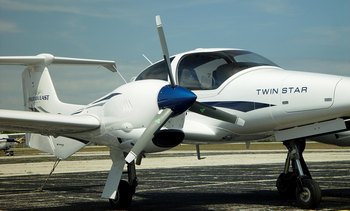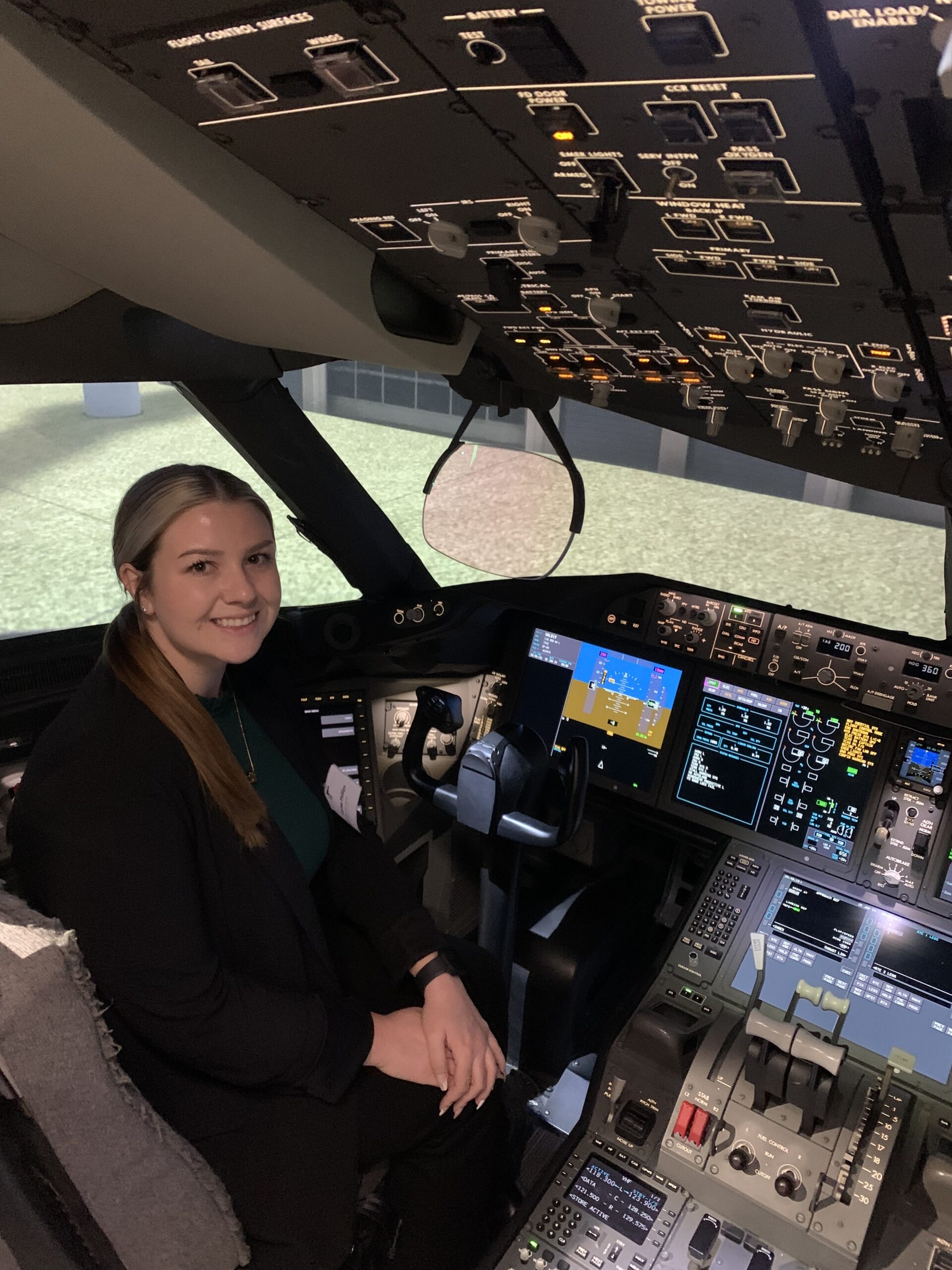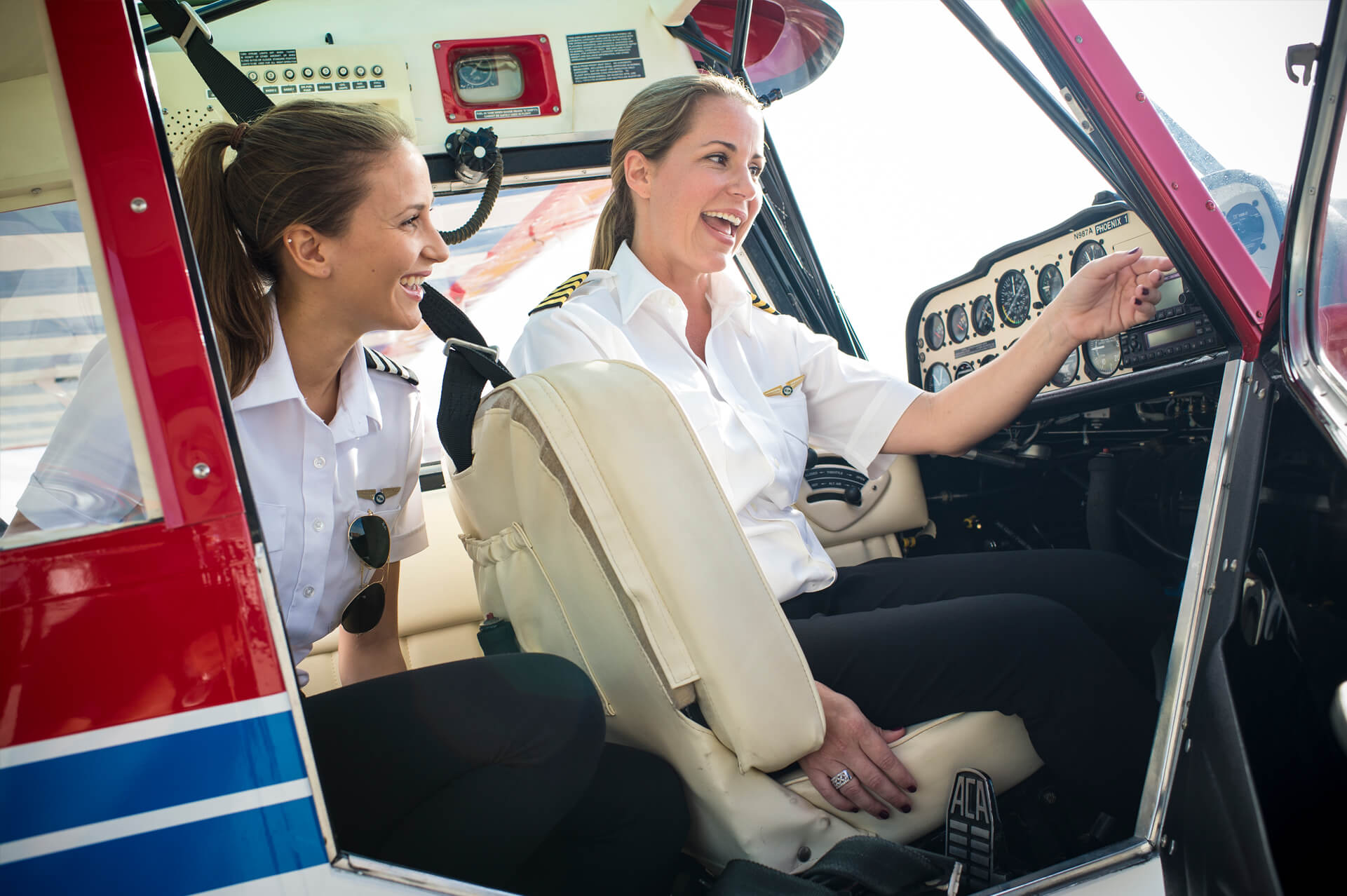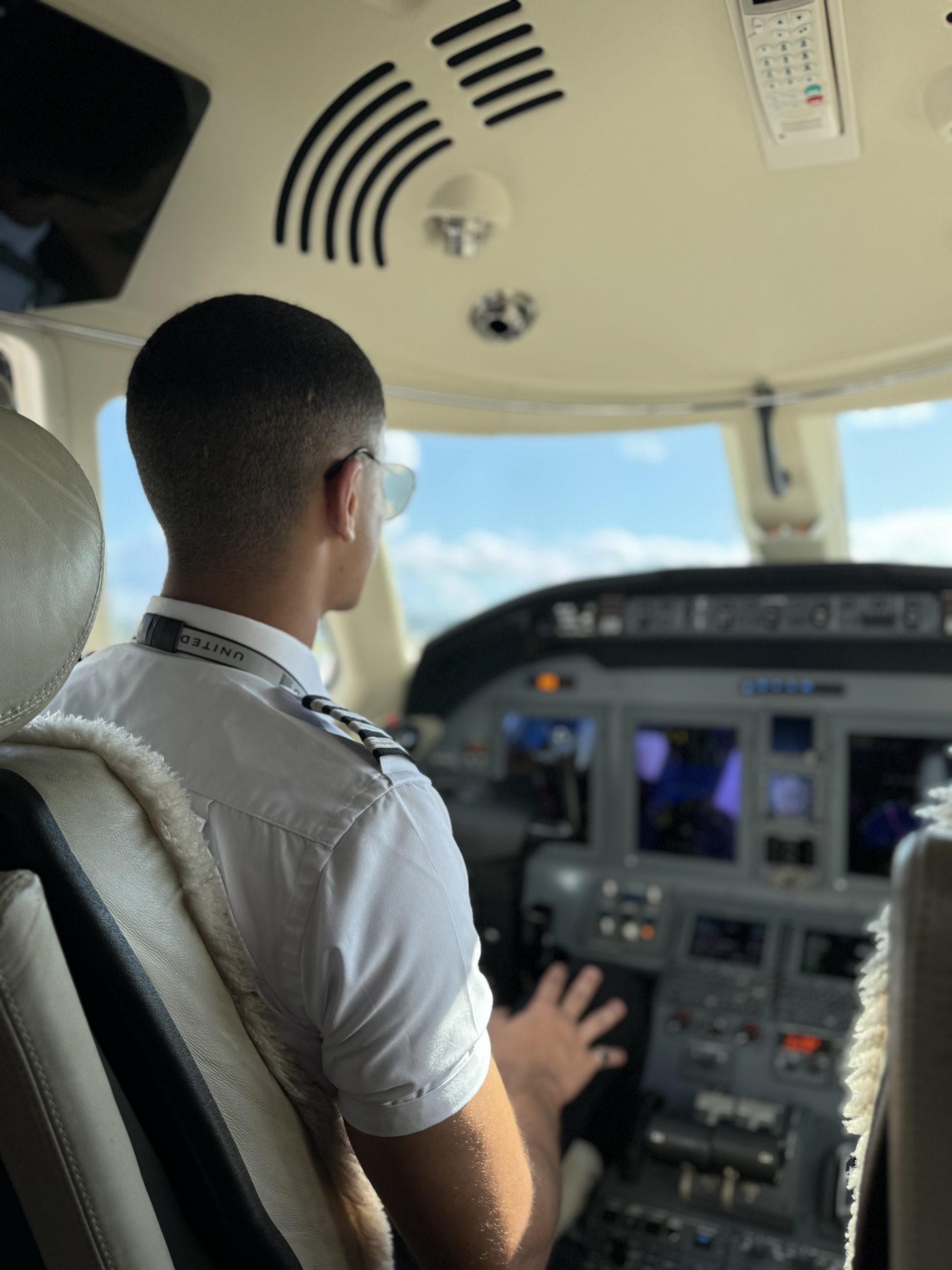4 Tips for The Multi-Engine Student
 Put the Gear Down!
Put the Gear Down!
Early in training, multi-engine flight students are often so focused on staying ahead of the airplane that they forget that the new aircraft has retractable landing gear. After all, the new aircraft is faster and more powerful than they’ve flown before!
As you can imagine, though, it’s very dangerous to attempt a gear-up landing. At the very least, you can expect to be embarrassed a time or two when you attempt to fly around in the practice area with your gear down the entire time!Most operations will institute an almost fail-safe checklist program in which the gear position is checked, double-checked and triple-checked during different phases of flight. Still, a number of pilots both young and old forget to bring it up or put it down.
Most operations will institute an almost fail-safe checklist program in which the gear position is checked, double-checked and triple-checked during different phases of flight. Still, a number of pilots both young and old forget to bring it up or put it down.
Practicing traffic patterns and new checklists on the ground can help students get into the habit of cycling the landing gear appropriately for different phases of flight. Old habits are hard to break, and if you’re transitioning from a non-complex aircraft to a twin engine aircraft, it can be easy to forget all about the landing gear.
Learn About Controllable-Pitch Propellers
Another aspect of a multi-engine aircraft that can be difficult to get used to is a controllable-pitch propeller. Many light twin aircraft are equipped with controllable-pitch propellers, meaning the propeller angle can be physically manipulated during flight to optimize aircraft performance.
Flying with a controllable pitch propeller is easy — once you understand how it works. Take the time to study the propeller aerodynamics and system operations on your aircraft before you fly. Again, practice a simulated traffic pattern on the ground to get used to using the propeller levers appropriately during different phases of flight.
Two Engines Doesn’t Mean Twice as Safe
Oddly enough, the emphasis during multi-engine training is on single-engine operations. Having two engines adds performance and speed, but statistically speaking, two engines are not always better than one. Multi-engine aircraft can be very difficult to control if one engine fails, and performance isn’t just cut in half when one engine fails. Climb performance during an engine failure in a twin-engine aircraft can be decreased by 80-90%. These factors can make flying a multi-engine with an engine failure MORE dangerous than a single-engine with complete power loss.
A properly trained pilot will be able to control and maneuver a twin engine aircraft even during an engine failure. But it takes practice to get the “feel” of the plane during engine-inoperative maneuvers. Even experienced multi-engine pilots should practice single-engine operations on a regular basis to ensure competence.
Think Like a Professional
For most people, obtaining a multi-engine rating is another step toward becoming a commercial pilot, and a higher level of airmanship and competency must be demonstrated.
During multi-engine training, many students on a commercial pilot career track begin to feel more like a professional pilot. If the student hasn’t yet received a commercial pilot certificate, this is a good time for them to start thinking about commercial pilot topics such as high-altitude operations and how to deal with passengers.




